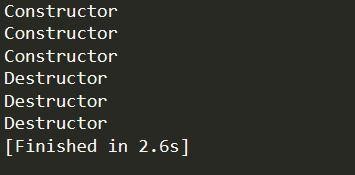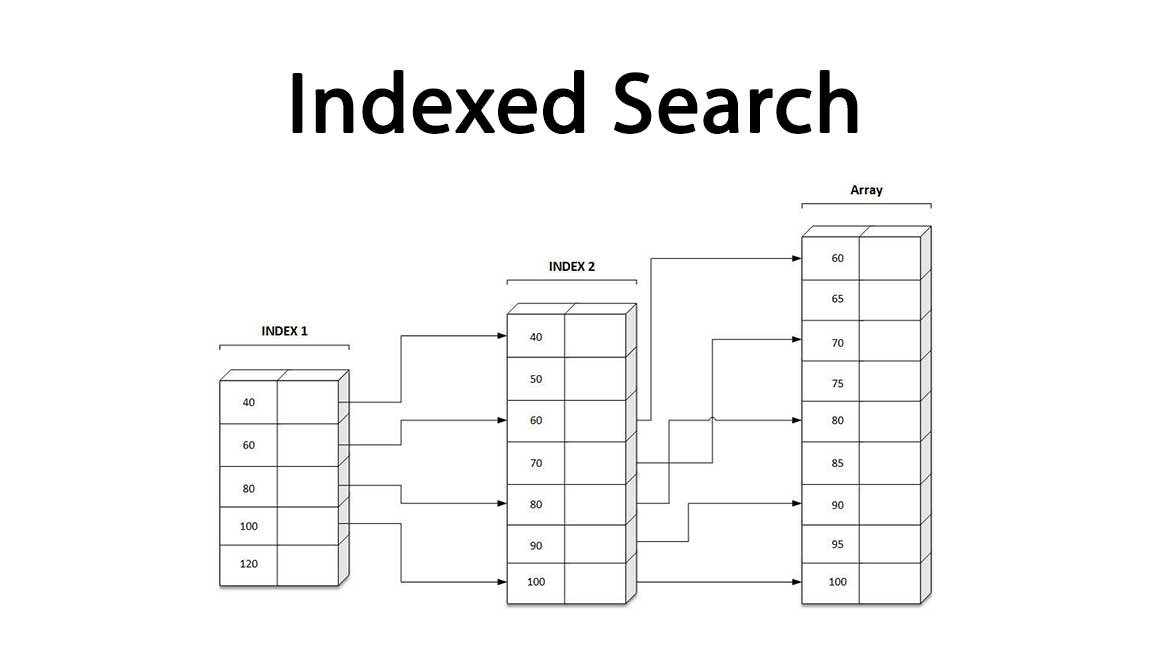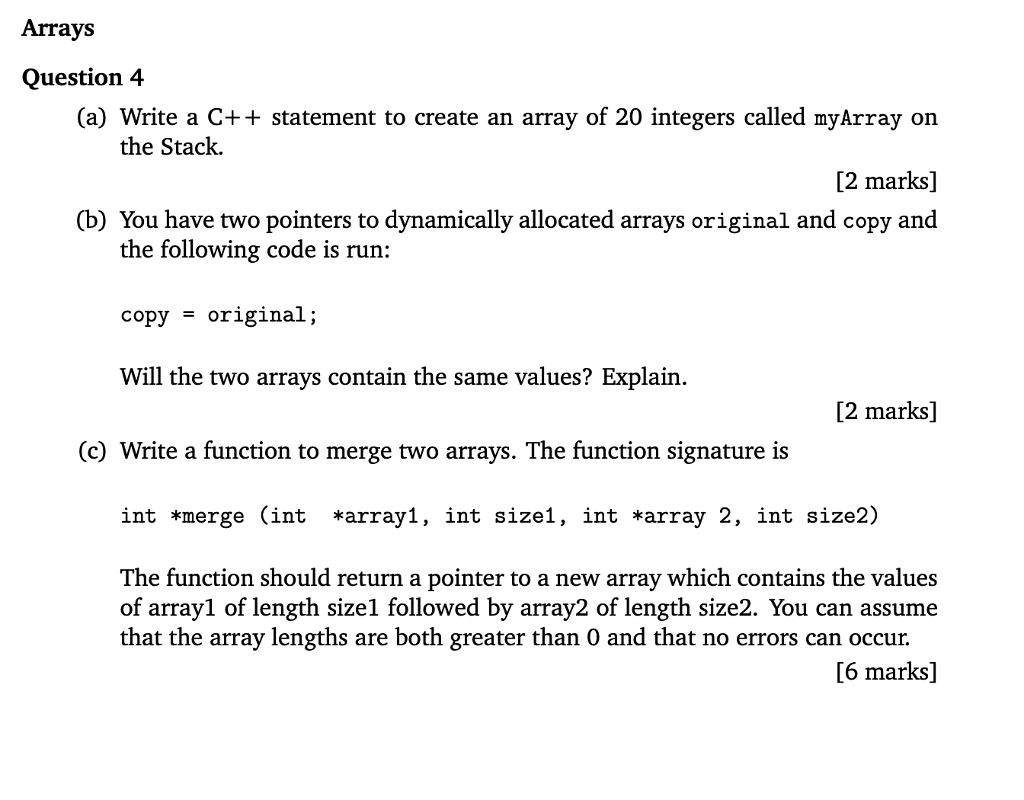

- USE CONSTRUCTOR DYNAMIC MEMORY ALLOCATION FOR MATRIX IN C MANUAL
- USE CONSTRUCTOR DYNAMIC MEMORY ALLOCATION FOR MATRIX IN C FREE
Visit this page to learn about multiplying matrices by passing arrays to a function. Conclusion Manual dynamic memory management is done using new and deletes operators in C++ These operators can be utilized to allocate 2D arrays or generally. C malloc () The name 'malloc' stands for memory allocation.
These functions are defined in theUSE CONSTRUCTOR DYNAMIC MEMORY ALLOCATION FOR MATRIX IN C FREE
To allocate memory dynamically, library functions are malloc (), calloc (), realloc () and free () are used. Since, the program is long and hard to debug, it is better to solve this program by passing it to a function. This is known as dynamic memory allocation in C programming. Then, user is asked to enter two matrix and finally the output of two matrix is calculated and displayed. If this condition is not satisfied then, the size of matrix is again asked using while loop. The column of first matrix should be equal to row of second matrix for multiplication.

In this program, user is asked to enter the size of two matrix at first. Output Enter rows and column for first matrix: 3Įnter rows and column for second matrix: 3Įrror! column of first matrix not equal to row of second.Įnter rows and column for first matrix: 2 Displaying the multiplication of two matrix.Ĭout << endl << "Output Matrix: " << endl Multiplying matrix a and b and storing in array mult. Initializing elements of matrix mult to 0. ask the user to enter the size of matrix again. If column of first matrix in not equal to row of second matrix, Example: Multiply two matrices without using functions #include

This program displays the error until the number of columns of first matrix is equal to the number of rows of second matrix. This is known as dynamic memory allocation in C programming. To multiply two matrices, the number of columns of first matrix should be equal to the number of rows to second matrix. To solve this issue, you can allocate memory manually during run-time.


 0 kommentar(er)
0 kommentar(er)
